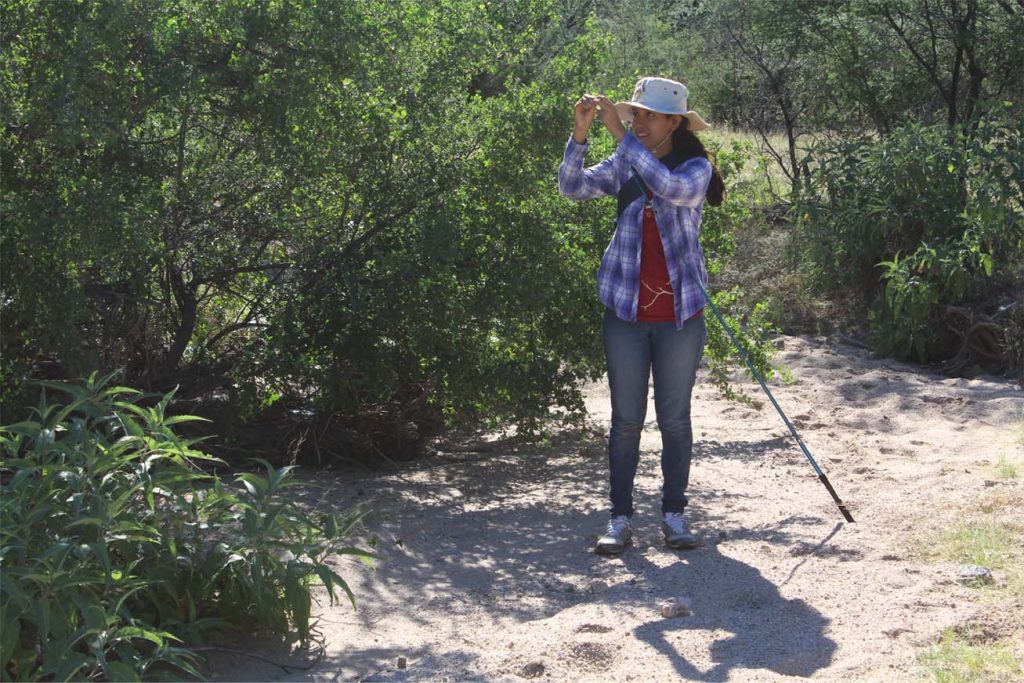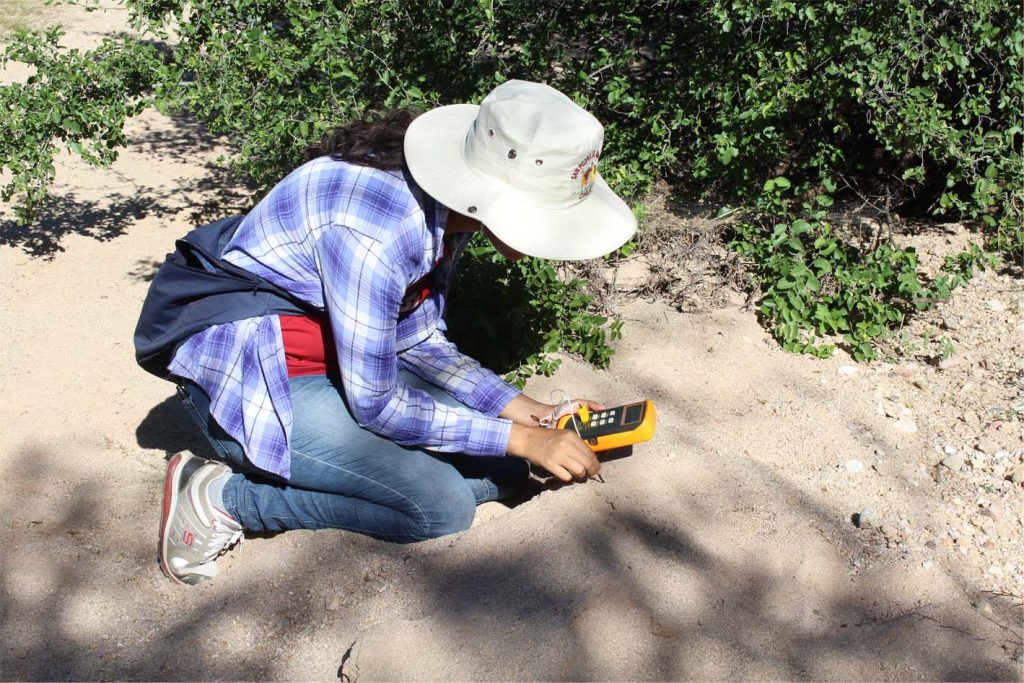Variation in the Morphology and Ecophysiology of Two Allopatric Populations of Zebra-tailed Lizard in the Sonoran Desert
GLORIA MARINA PEÓN LAZO
Region: Baja California, Central Sonora
Chapter: Hermosillo
Allopatry is a process in which geographical divisions may cause differential effects in the expression of certain morphological characters in a species. Thermoregulation in ectothermal organisms is governed by patterns of activity, which is a hereditary character that usually stays in a species and follows an evolutionary line. The zebra-tailed lizard Callisaurus draconoides is distributed in the arid zones of North America, including the state of Sonora and Baja California Peninsula. The Gulf of California has separated these individuals for millions of years, converting them into allopatric populations without genetic flow. Accordingly, they are exposed to different conditions in distinct habitats on either side of the Gulf. This project aims to evaluate if the historical separation of the populations of C. draconoides is reflected in its morphology as an adaptive response to ecological pressure. Likewise, its thermal ecology will be evaluated as an ecophysiological character to determine if this mechanism is subject to its particularities as a species or varies according to the environment. For these purposes work will be undertaken with the populations of the municipality of Hermosillo, Sonora and La Paz, Baja California Sur. This work will allow insight into the effects of geographic separation in the populations, with the expectation of morphometric differences and distinct strategies for thermoregulation. Signals such as these can reinforce the theory of a speciation process due to its historical and geological separation.






